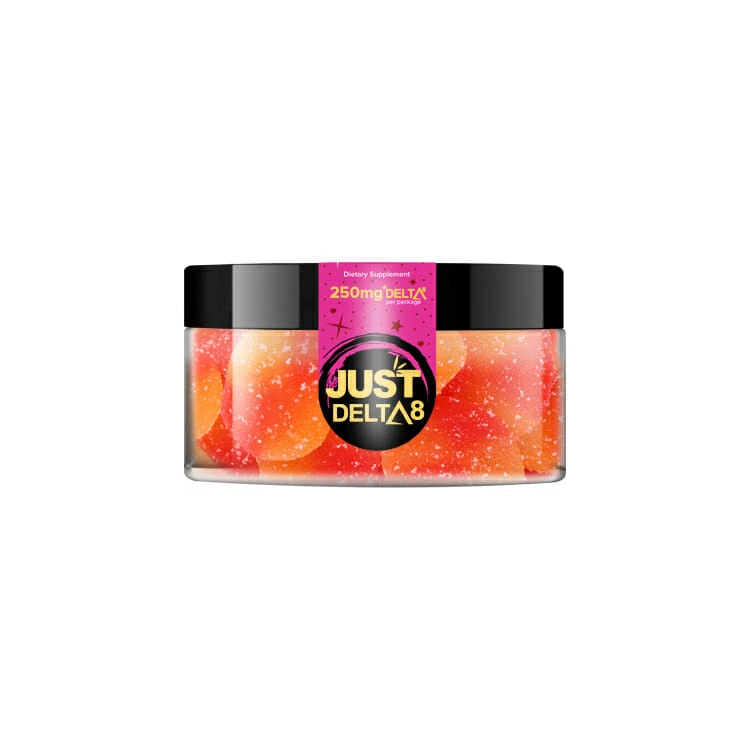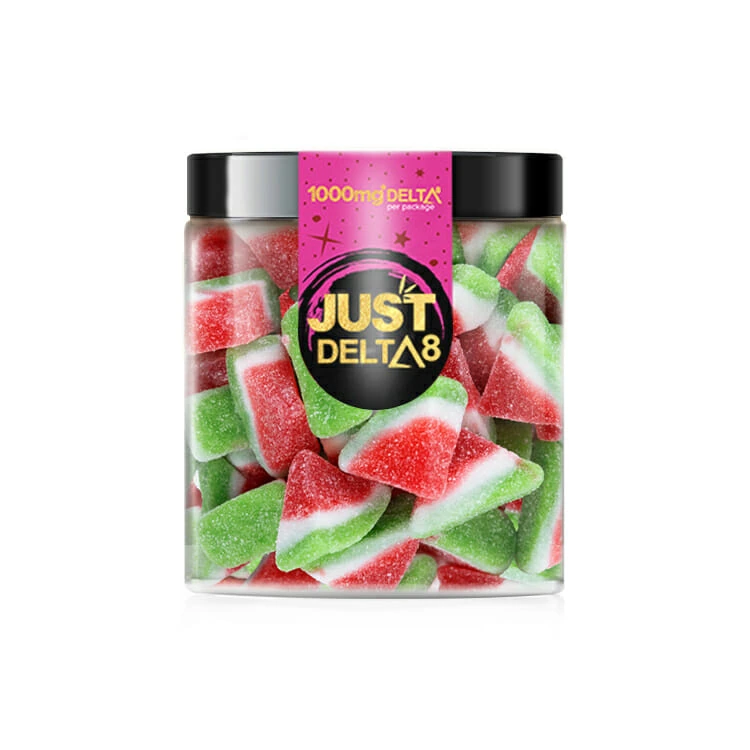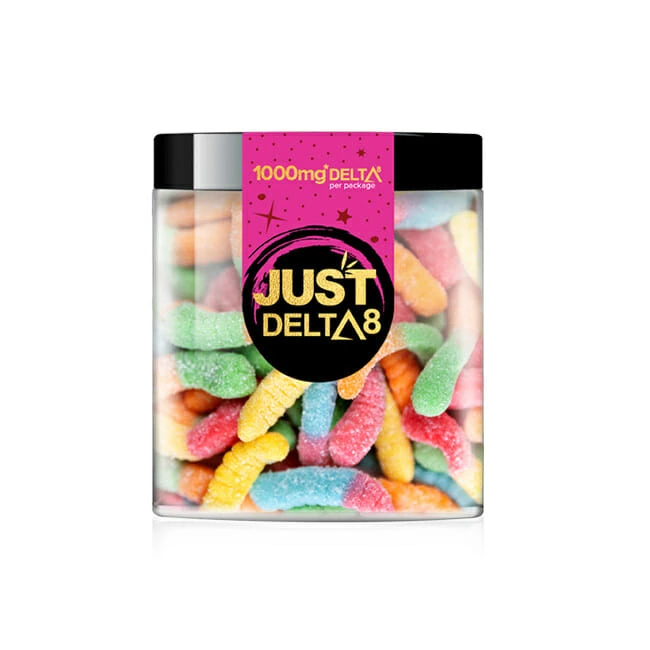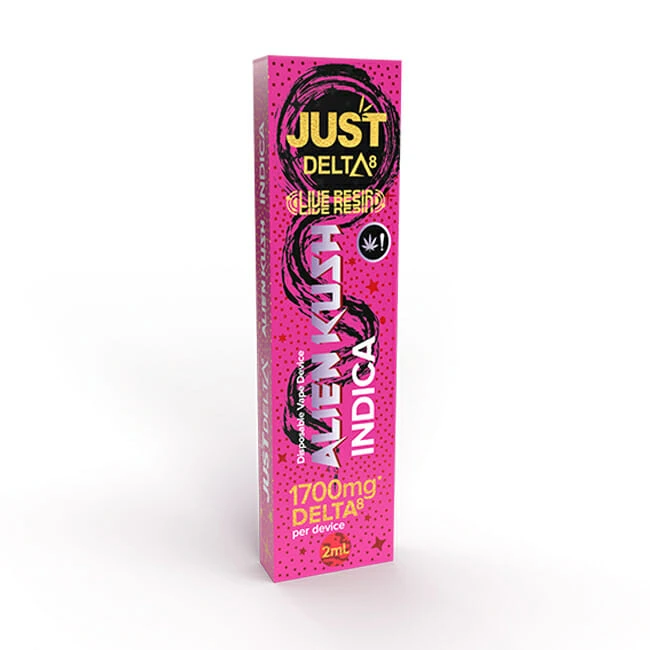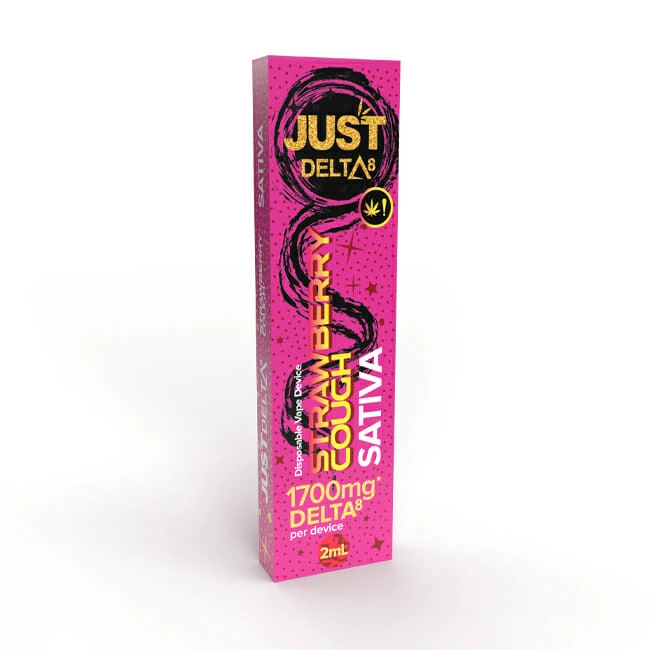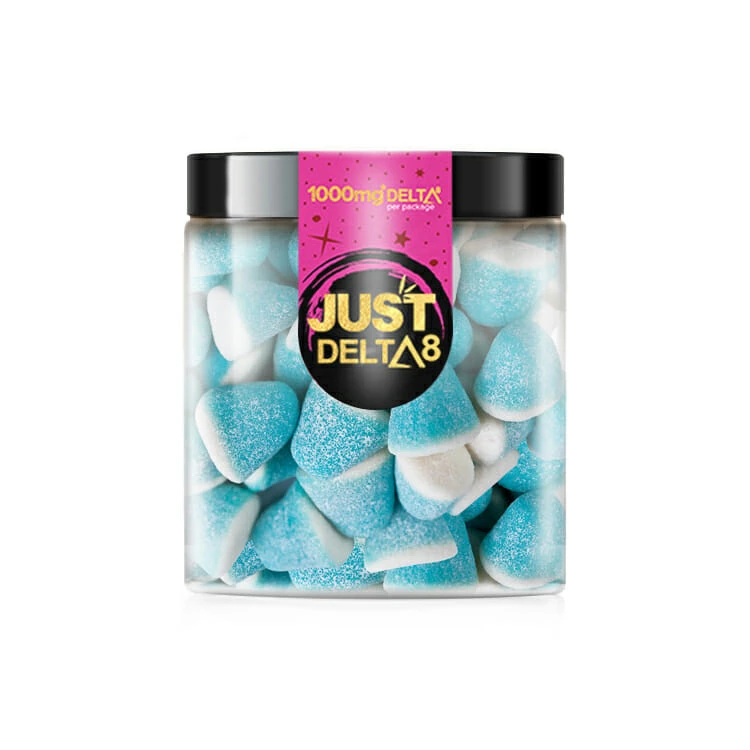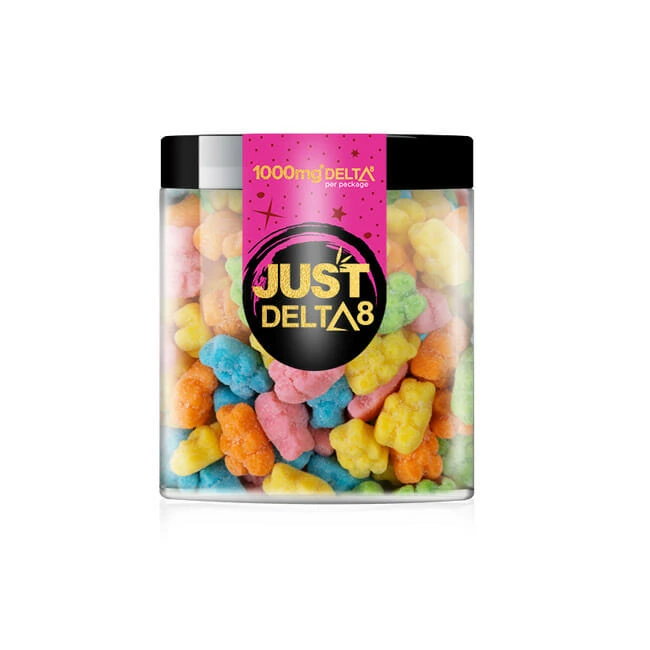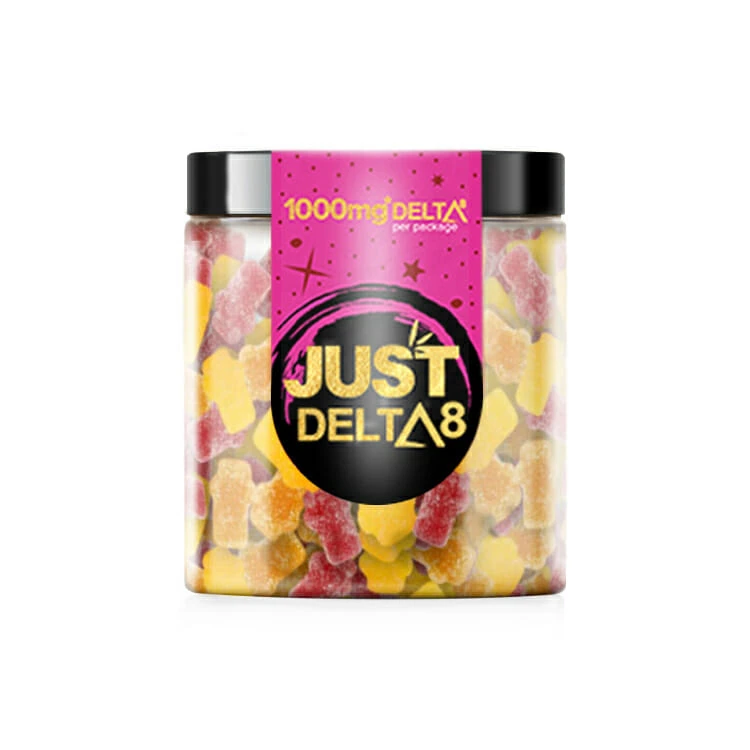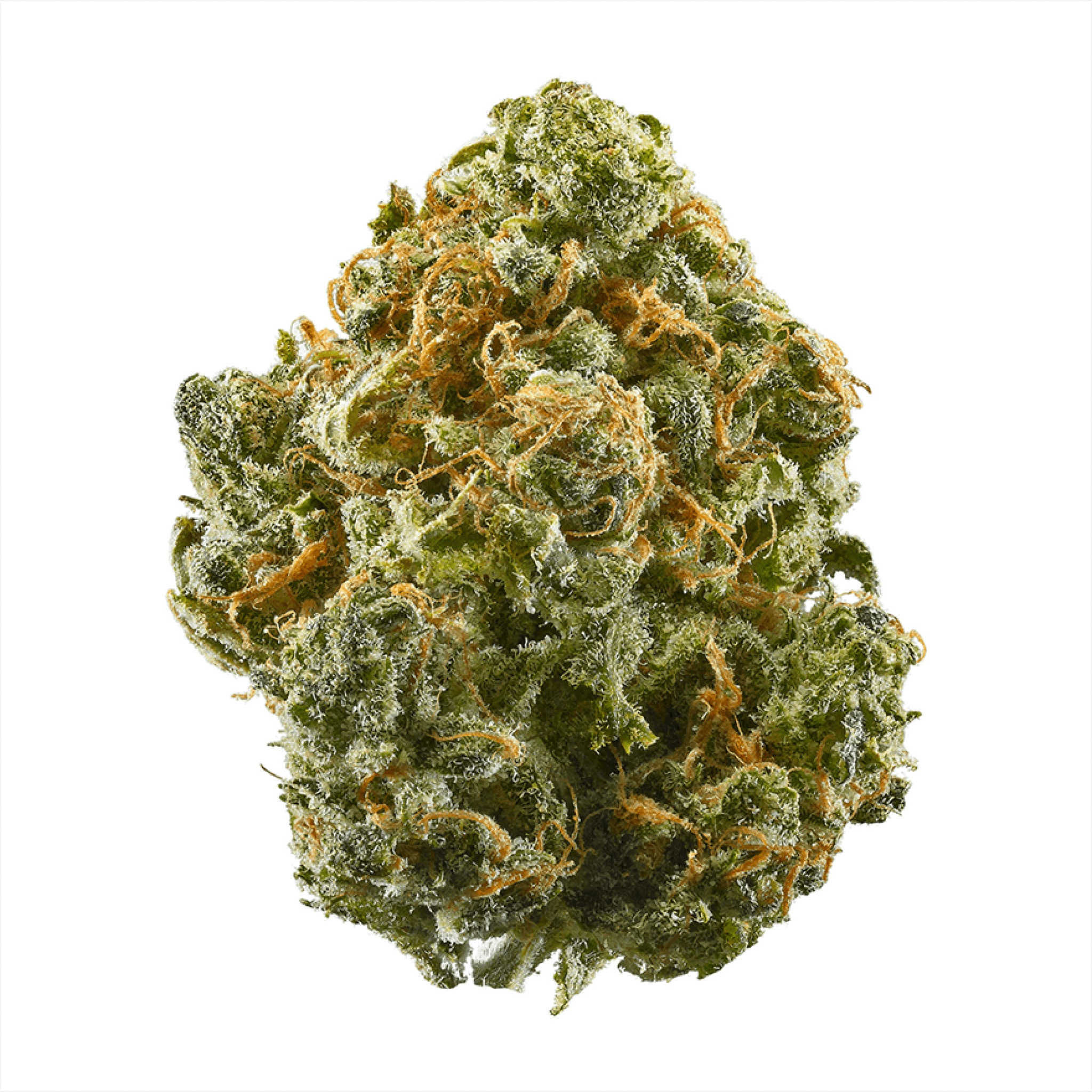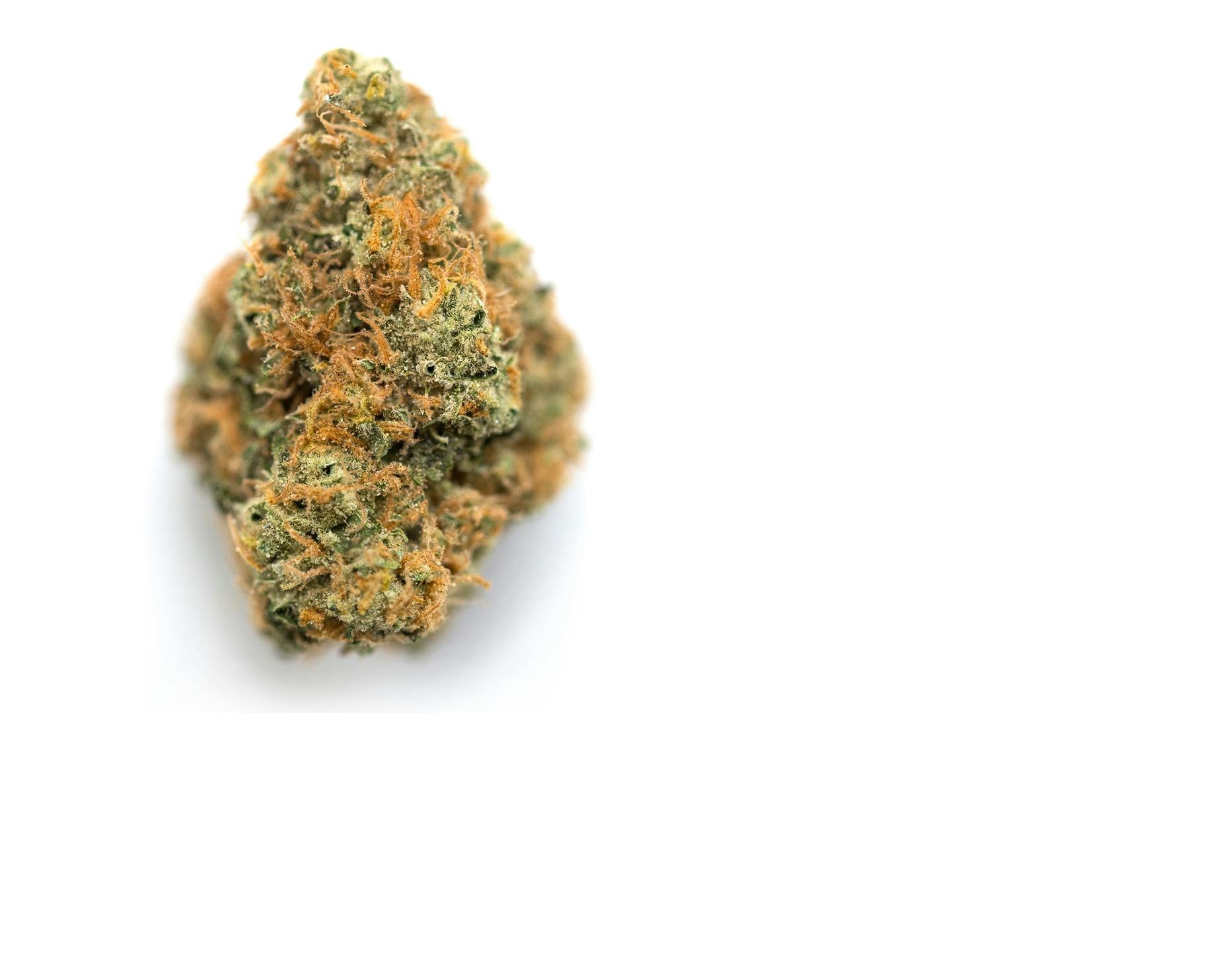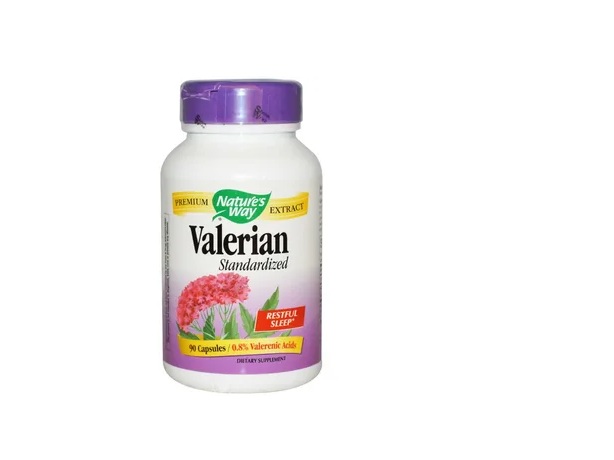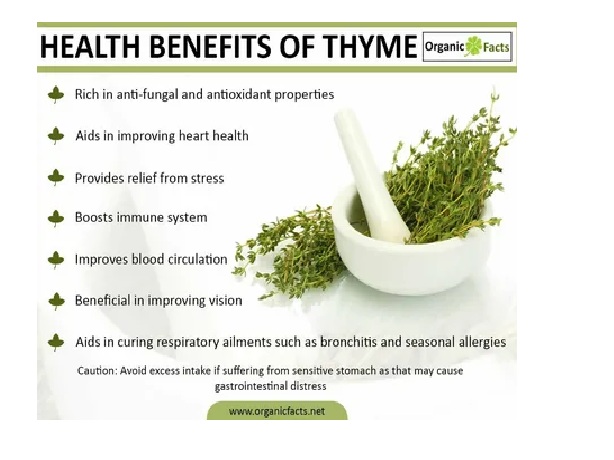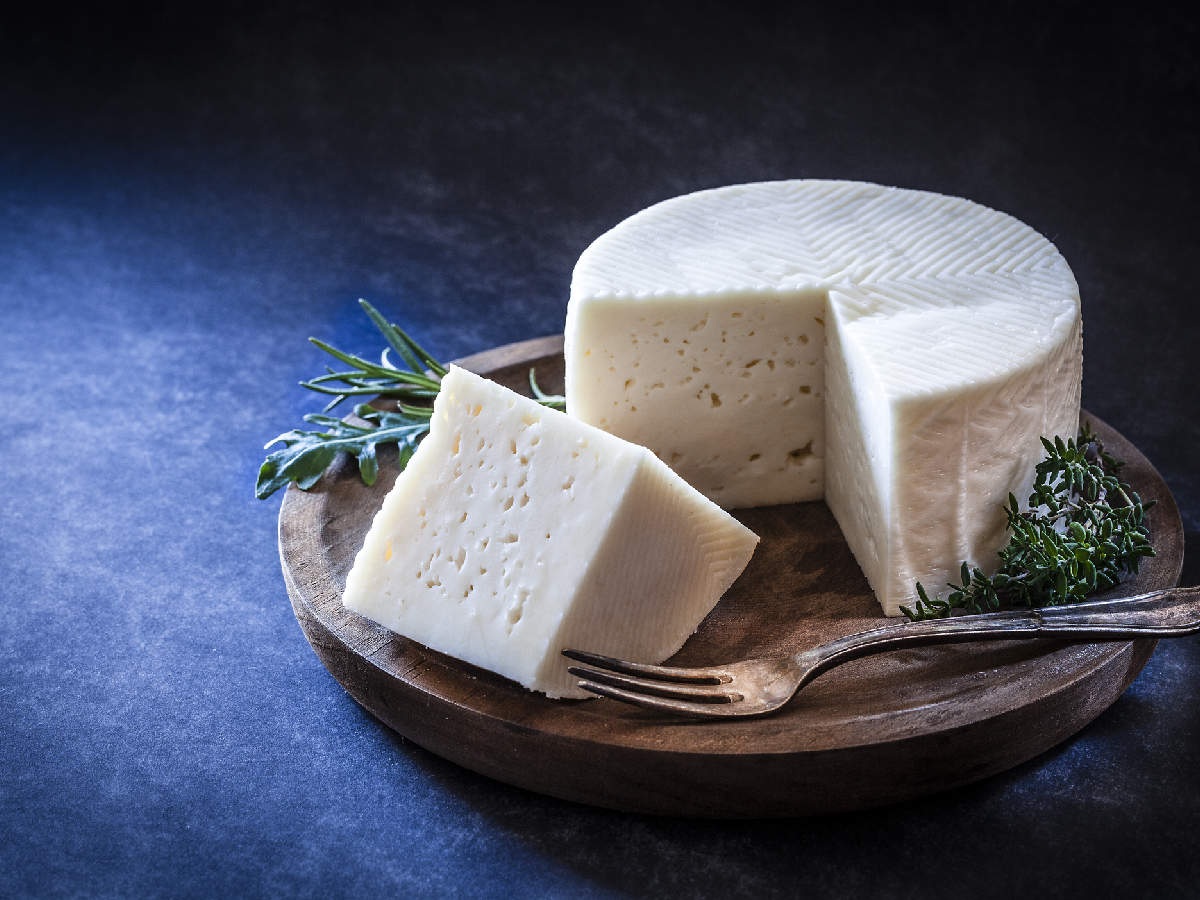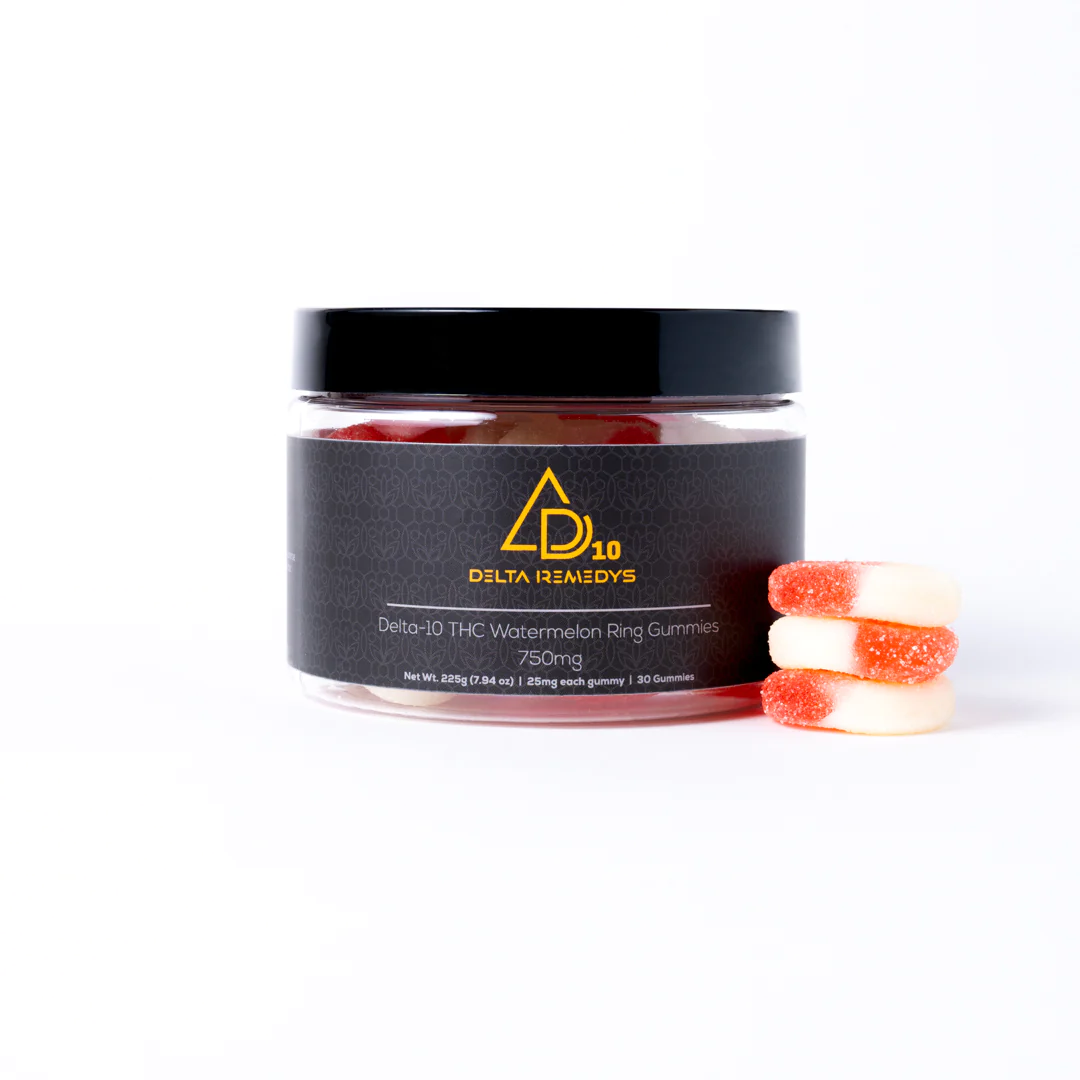
Delta-10 By Delta Remedys-Comprehensive Review The Top Delta-10 Gummies
Delta-10 THC has emerged as a popular cannabinoid known for its unique effects and potential benefits. If you’re considering exploring Delta-10 gummies, this comprehensive buyer’s guide will provide you with all the essential information you need to make an informed decision.
What Are Delta-10 Gummies?
Delta-10 gummies are edible products infused with Delta-10 THC, a minor cannabinoid found in cannabis plants. These gummies typically come in various flavors and dosages, offering a convenient and delicious way to consume Delta-10.
Why Choose Delta-10 Gummies?
Delta-10 THC is praised for its uplifting and euphoric effects, often described as more energizing and clear-headed compared to Delta-9 THC. Many users appreciate Delta-10 for its potential mood-enhancing, creativity-boosting, and therapeutic properties.
How to Use Delta-10 Gummies
Using Delta-10 gummies is straightforward. Start with a low dosage, especially if you’re new to cannabinoids, and gradually increase until you find your optimal dose. Remember to wait at least 60-90 minutes after consumption before assessing the effects to avoid overconsumption.
Benefits of Delta-10 Gummies
- Mood Enhancement: Delta-10 may promote feelings of happiness and relaxation without inducing sedation.
- Creativity Boost: Some users report increased creativity and mental clarity after consuming Delta-10 gummies.
- Potential Therapeutic Effects: Research suggests that Delta-10 THC may have anti-inflammatory and pain-relieving properties, although further studies are needed.
Things to Consider When Shopping for Delta-10 Gummies
- Quality and Purity: Look for gummies made from high-quality, organically grown hemp and third-party tested for potency and purity.
- Dosage: Consider your tolerance level and desired effects when selecting the potency of Delta-10 gummies.
- Ingredients: Check the ingredient list to ensure that the gummies are free from artificial additives and unnecessary fillers.
- Reputation: Choose reputable brands with positive reviews and transparent manufacturing practices.
Expert Tips for Maximizing Your Experience
- Start Low, Go Slow: Begin with a low dose and gradually increase until you achieve your desired effects to avoid overconsumption.
- Stay Hydrated: Drink plenty of water before and after consuming Delta-10 gummies to stay hydrated and mitigate potential side effects.
- Use Responsibly: Consume Delta-10 gummies in a safe and comfortable environment, and avoid driving or operating heavy machinery while under the influence.
Conclusion
Delta-10 gummies offer a convenient and enjoyable way to experience the unique effects of Delta-10 THC. By understanding what they are, why they’re worth considering, how to use them effectively, their benefits, things to consider when shopping, and expert tips, you can make an informed decision and maximize your Delta-10 gummy experience. Happy exploring!
Top Picks: The Finest Delta-10 Gummies
30 Delta-10 Apple Ring Gummies- 750mg
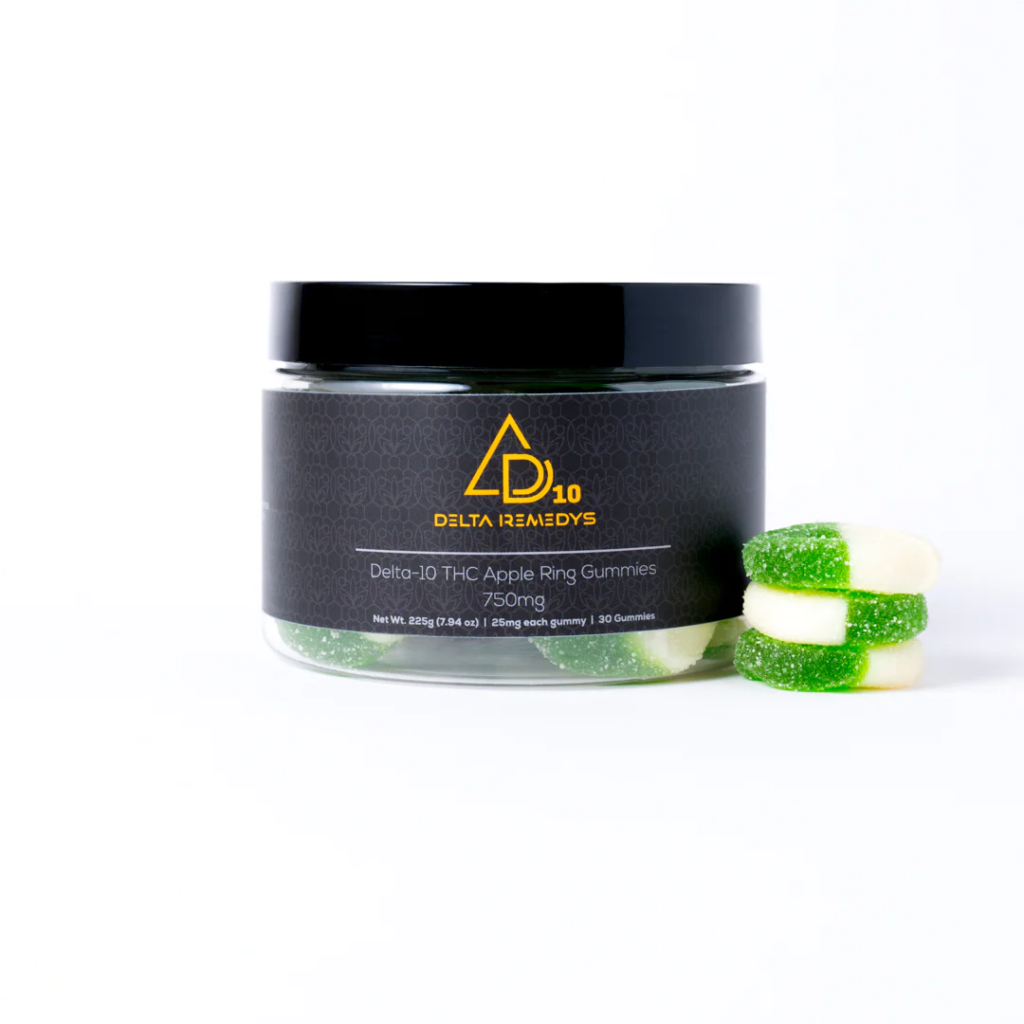
Embarking on my journey to explore Delta-10 THC products, I recently had the pleasure of sampling Delta Remedys’ 30 Delta-10 Apple Ring Gummies, each boasting a robust 750mg of Delta-10 THC. Here, I share my insights on this product, blending a friendly tone with expert analysis.
Packaging and Presentation
Upon receiving my order, I was immediately drawn to the sleek and professional presentation of Delta Remedys’ packaging. The gummies were securely sealed within a resealable pouch, ensuring their freshness and potency over time. The design featuring vibrant green apples not only caught my eye but also hinted at the delicious flavor awaiting inside.
Flavor and Texture
Upon opening the pouch, I was greeted by the delightful aroma of fresh green apples, which instantly intrigued my senses. The gummies themselves boasted a perfect balance of softness and chewiness, making each bite a delightful experience. The flavor was remarkably authentic, reminiscent of biting into a crisp apple, with just the right amount of sweetness.
Effects and Potency
As someone well-versed in cannabinoid products, I approached these gummies with a discerning palate. Starting with a moderate dosage, I patiently awaited the onset of effects. Within an hour, I noticed a gentle relaxation spreading through my body, accompanied by a subtle uplift in mood. The potency felt just right, offering a pleasant experience without overwhelming intensity.
Overall Experience
In summary, my experience with Delta Remedys’ Delta-10 Apple Ring Gummies was highly positive. From the moment I sampled the first gummy to the lingering sense of tranquility afterward, every aspect of the product exceeded my expectations. The delectable flavor, impeccable texture, and consistent potency make these gummies a standout choice in the realm of Delta-10 THC products.
Final Thoughts
Whether you’re a seasoned enthusiast of Delta-10 THC or someone curious about exploring its potential benefits, I wholeheartedly recommend giving Delta Remedys’ Apple Ring Gummies a try. With their superior quality, delicious flavor, and reliable effects, they have undoubtedly earned a permanent place in my wellness routine.
Shop 30 Delta-10 Apple Ring Gummies- 750mg here
30 Delta-10 Watermelon Ring Gummies- 750mg
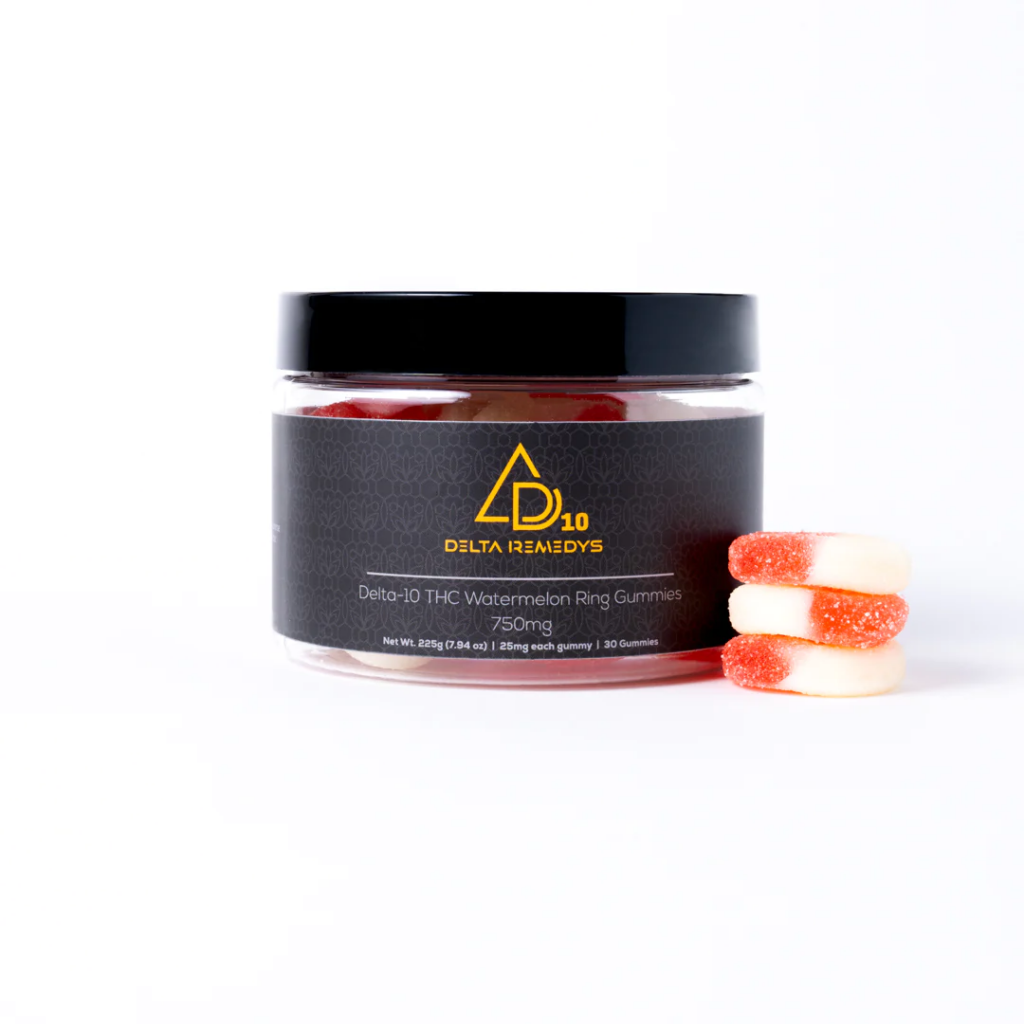
Embarking on my journey to explore the world of Delta-10 THC products, I recently had the pleasure of sampling Delta Remedys’ 30 Delta-10 Watermelon Ring Gummies, each boasting a substantial 750mg of Delta-10 THC. Here, I share my insights on this product, blending a friendly tone with expert analysis.
Packaging and Presentation
From the moment I received my package, I was impressed by the attention to detail in Delta Remedys’ packaging. The gummies were securely sealed within a resealable pouch, ensuring their freshness and potency over time. The vibrant watermelon design adorning the packaging not only caught my eye but also hinted at the refreshing flavor concealed within.
Flavor and Texture
Upon opening the pouch, I was greeted by a delightful burst of sweet and juicy watermelon aroma, reminiscent of summertime indulgence. The gummies themselves boasted a perfect balance of softness and chewiness, making each bite a pleasurable experience. The flavor was remarkably authentic, capturing the essence of ripe watermelon with a hint of tanginess.
Effects and Potency
Approaching these gummies with a discerning palate, I started with a moderate dosage and patiently awaited the onset of effects. Within an hour, I noticed a gentle wave of relaxation washing over me, accompanied by a subtle uplift in mood. The potency felt just right, delivering a harmonious blend of effects without overwhelming intensity.
Overall Experience
In summary, my experience with Delta Remedys’ Delta-10 Watermelon Ring Gummies was exceptionally positive. From the moment I sampled the first gummy to the lingering sense of tranquility afterward, every aspect of the product exceeded my expectations. The delicious flavor, impeccable texture, and consistent potency make these gummies a standout choice in the realm of Delta-10 THC products.
Final Thoughts
Whether you’re a seasoned aficionado of Delta-10 THC or someone curious about exploring its potential benefits, I wholeheartedly recommend giving Delta Remedys’ Watermelon Ring Gummies a try. With their superior quality, refreshing flavor, and reliable effects, they have undoubtedly earned a permanent place in my wellness repertoire.
Shop 30 Delta-10 Watermelon Ring Gummies- 750mg here
30 Delta-10 Blue Raspberry Ring Gummies- 750mg
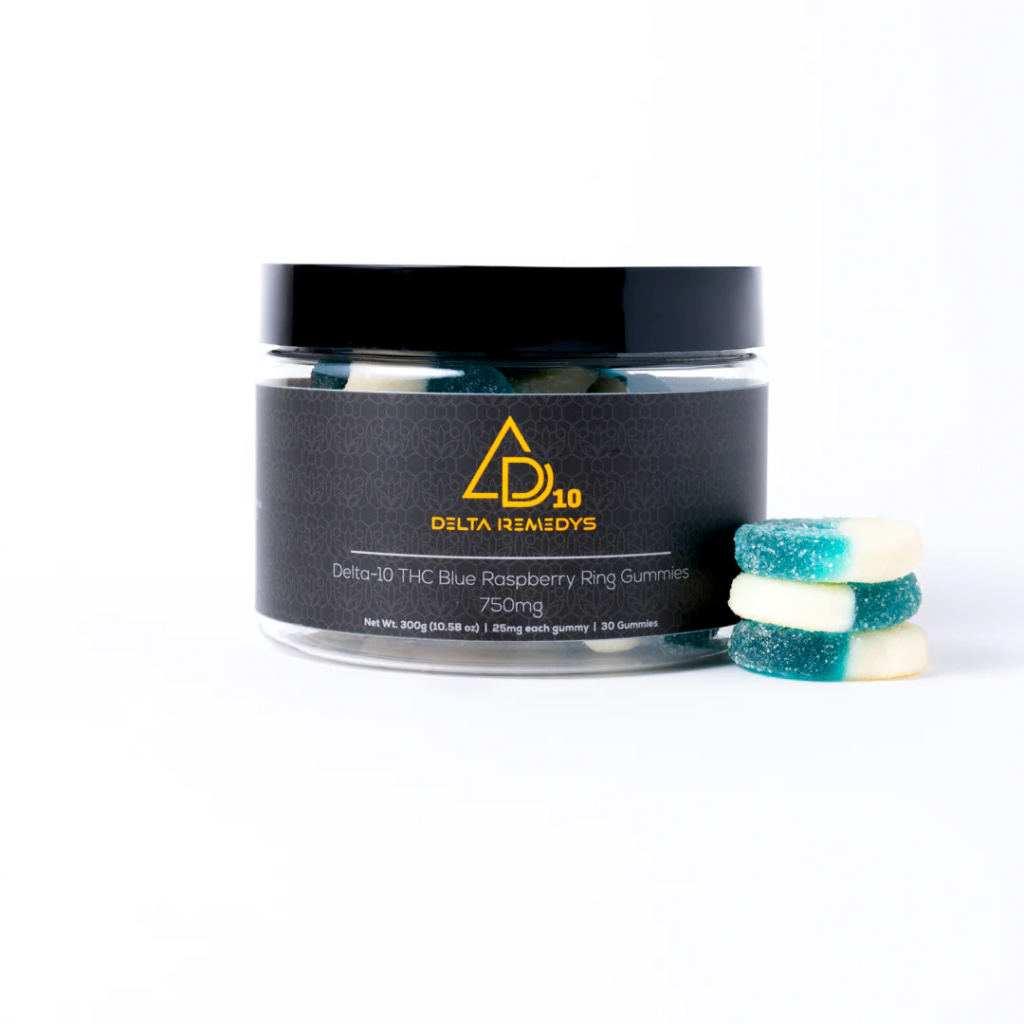
Embarking on my exploration of Delta-10 THC products, I recently had the pleasure of indulging in Delta Remedys’ 30 Delta-10 Blue Raspberry Ring Gummies, each containing a generous 750mg of Delta-10 THC. Here, I share my insights on this product, combining a friendly tone with expert analysis.
Packaging and Presentation
Right from the moment I received my package, I was impressed by the thoughtful packaging employed by Delta Remedys. The gummies were securely sealed within a resealable pouch, ensuring their freshness and potency. The vibrant blue raspberry design adorning the packaging not only caught my eye but also hinted at the tantalizing flavor concealed within.
Flavor and Texture
Upon opening the pouch, I was greeted by a delightful burst of sweet and tangy blue raspberry aroma, evoking memories of childhood treats. The gummies themselves boasted an ideal combination of softness and chewiness, making each bite a pleasurable experience. The flavor was remarkably authentic, capturing the essence of ripe blue raspberries with just the right amount of sweetness.
Effects and Potency
Approaching these gummies with a discerning palate, I started with a moderate dosage and patiently awaited the onset of effects. Within an hour, I noticed a gentle sense of relaxation permeating my body, accompanied by a subtle uplift in mood. The potency felt perfectly balanced, delivering a harmonious blend of effects without overwhelming intensity.
Overall Experience
In summary, my experience with Delta Remedys’ Delta-10 Blue Raspberry Ring Gummies was overwhelmingly positive. From the moment I sampled the first gummy to the lingering sense of tranquility afterward, every aspect of the product surpassed my expectations. The delightful flavor, impeccable texture, and consistent potency make these gummies a standout choice in the realm of Delta-10 THC products.
Final Thoughts
Whether you’re a seasoned enthusiast of Delta-10 THC or someone curious about exploring its potential benefits, I wholeheartedly recommend giving Delta Remedys’ Blue Raspberry Ring Gummies a try. With their superior quality, enticing flavor, and reliable effects, they have undoubtedly earned a permanent place in my wellness repertoire.
